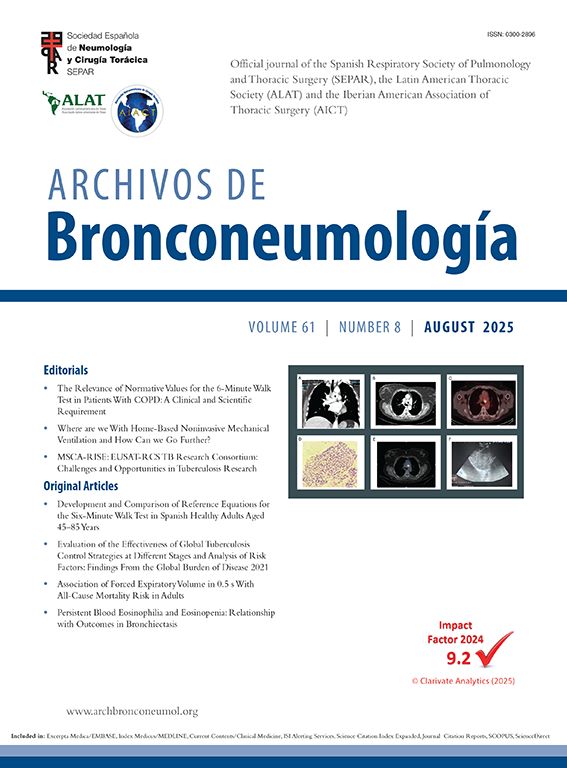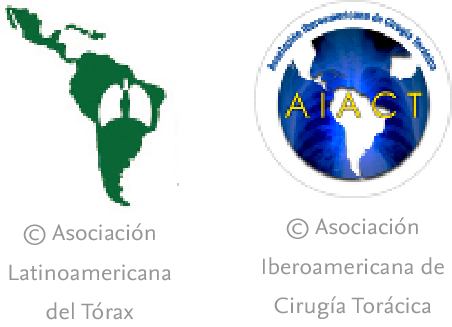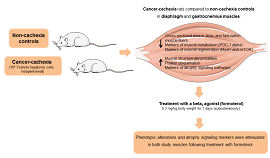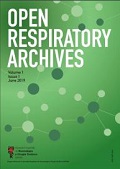A 78-year-old male with hypertension and a history of smoking presented with progressive cardiac failure symptoms and palpitations. ECG revealed atrial fibrillation. Chest radiograph (Fig. 1A) showed a widened mediastinum and enlarged aortic knuckle, raising possibility of a thoracic aortic aneurysm. CTA of thorax confirmed a 10.4cm aneurysm with an intramural thrombus (Fig. 1B & C) compressing the main pulmonary trunk (Fig. 1D). Transthoracic echocardiogram showed moderate aortic regurgitation, right atrial dilation, and right ventricular dysfunction. Blood investigations confirmed syphilis with positive RPR and TPHA tests. The patient was treated with IM Benzathine Penicillin (2.4megaunits weekly for 3 weeks) and anticoagulation for atrial fibrillation. Due to the large aneurysm and failure symptoms, surgical repair was recommended but declined by the patient. Cardiovascular syphilis, though rare today, can cause syphilitic aortitis, leading to large aneurysm formation. Aortic rupture or compression of nearby structures can result in life-threatening complications. Chest radiography may suggest an aneurysm, but CTA and MRI are required for definitive diagnosis and measurement. Treatment includes antibiotic therapy and surgical intervention for large aneurysms. This case underscores the importance of considering syphilitic aortitis in the differential diagnosis of thoracic aneurysms, particularly in high-risk populations.
(A) Chest radiograph shows a widened mediastinum (black bidirectional arrow) with enlarged aortic knuckle (red arrow), displacing the trachea to the right (red arrow head). The right heart border is prominent (blue arrow) indicative of a dilated right atrium. There is bilateral pleural effusion. (B) Coronal section of CT angiogram of the thorax shows a large fusiform dilatation of the arch of aorta. (C) Axial section of the CT angiogram shows an aneurysm measuring 10.4cm in widest diameter with intramural haematoma measuring 4.9cm in thickness. (D) Sagittal section of the CT angiogram of the thorax shows that the aneurysmal dilatation is causing significant mass effect and compressing onto the main pulmonary artery (blue arrow).
Arvindran Alaga initiated the idea for case reporting, prepared the final copy of the manuscript and involved in patient's management. Kezreen Kaur Dhaliwal involved in patient's management and writing of the manuscript. All authors have read and approved the final manuscript.
Generative AIArtificial Intelligence involvement – used for grammar check (quillbot).
FundingThe authors have not declared a specific grant for this research from any funding agency in the public, commercial or not-for-profit sectors.
Conflict of interestNone declared.











